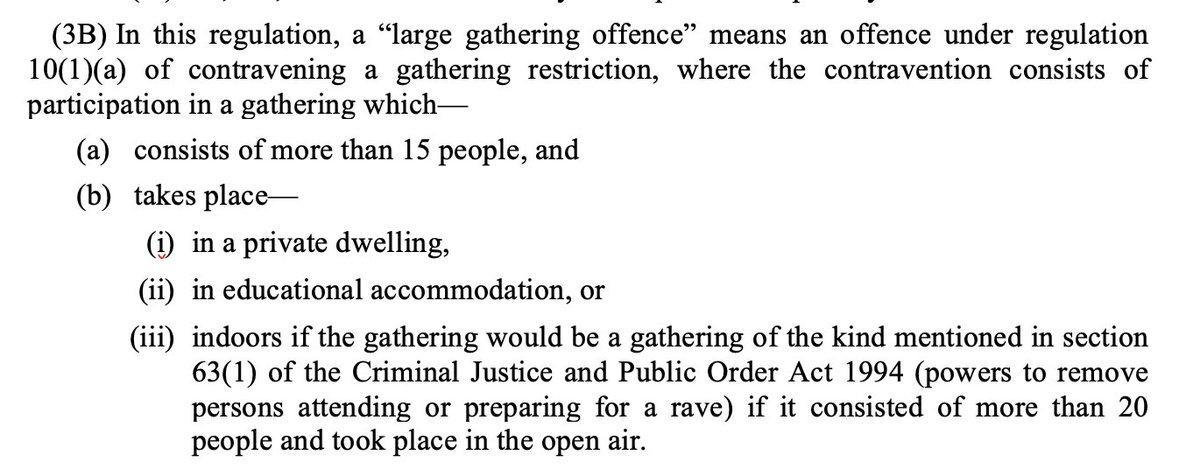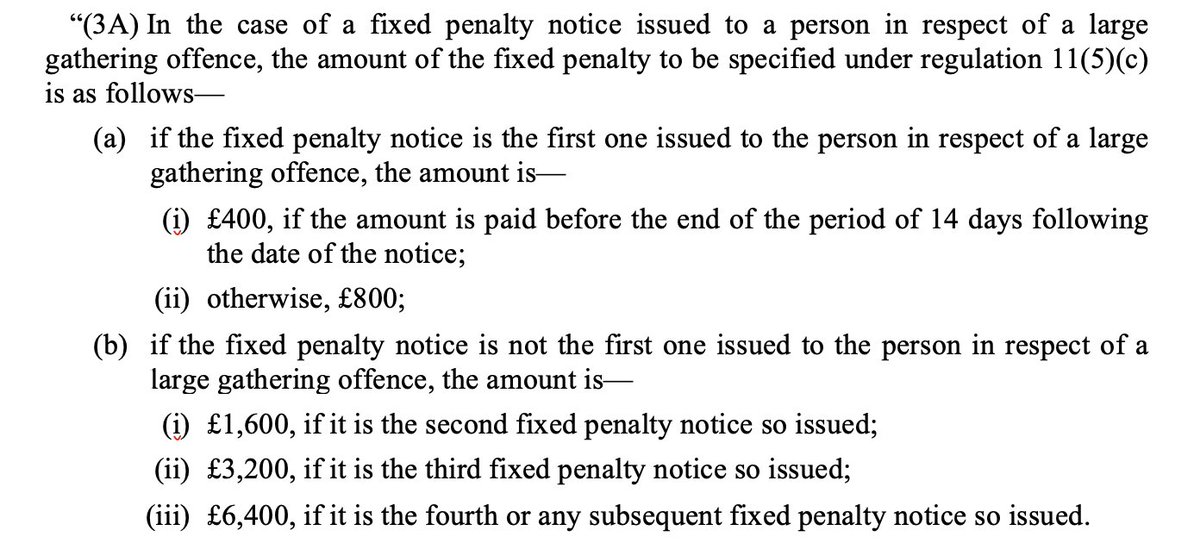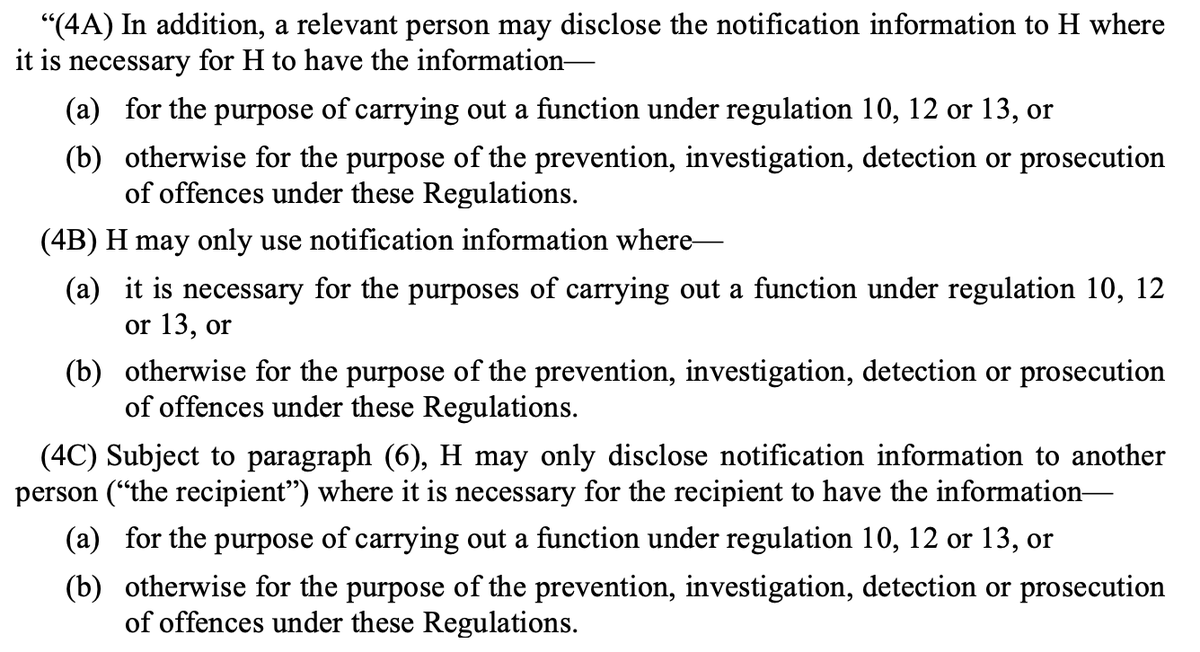Importance of Pancreatic Cystic Neoplasms (PCN):
Most are asymptomatic at diagnosis, frequency increases with age
Symptoms: acute pancreatitis (Wirsung obstructed by the cyst or mucus), pain, obstructive chronic pancreatitis, jaundice
> symptoms, >malignancy risk!
Classification of PCN:
Mucinous: intraductal papillary mucinous neop. and mucinous cystic neop.
Nonmucinous: serous cystic neoplasm, solid pseudopapillary neoplasm and cystic neuroendocrine tumours
Endoderm- derived columnar epithelium is characteristic for mucinous lesions
👇
Intraductal papillary mucinous neoplasms (IPMN)
Characterized by papillary proliferation+mucus production. It may involve Wirsung (becomes dilated) and/or branch ducts (cysts connected to the ductal system). It may evolve to pancreatic cancer particularly if Wirsung is involved
IPMN subtypes :
Intestinal: main duct, head, 40%->coloid/tubular adenoca
Pancreatobiliary: main duct,head, 68%->tubular adenoca
Oncocytic: rare, nodules,50%-> coloid/tubular adenoca
Gastric: most frequent, branch-type, uncinate, 10%->tubular adenoca
https://t.co/CyvfrBGrXZ
IPMN: risk factors for malignancy
Main duct involvement (60% in resected specimens vs 10 to 30% in resected side branch IPMNs), specially>1cm
Contrast-enhanced mural nodules
Size>3-4cm
Symptoms
Pts at risk of PDAC even in other regions of the gland without involvement
👇👇👇
Intraductal papillary mucinous neoplasms -> management: follow these guidelines:
European guidelines 2018
@Gut_BMJ @chiaro_del @MarcBesselink https://t.co/x8waod12xr Fukuoka 2017
@pancreatology@SalviaRobi https://t.co/PaEYljt5N9
Mucinous Cystic Neoplasms (MCN)
Characterized by mucinous epithelium and ovarian-type stroma, in body/tail
It is described as macrocystic, septated cyst with small number of cavities, it may have eccentric calcifications, no connection to ductal system
95% women, 5-7th decades
MCN:
>risk malignancy:
≥5cm
Nodules/mass
Thickened/irregular Wall
Calcifications
Management of MCN according to the European guidelines: a conservative approach is recommended for asymptomatic MCN measuring <40 mm without an enhancing nodule
https://t.co/x8waod12xr @chiaro_del @MarcBesselink @Gut_BMJ
Serous cystic neoplasm (SCN). Cuboidal epithelium without dysplasia
70% women, 5-7th decades, NON-MUCINOUS solitary lesion
Classic SCN is microcystic (multiple small cysts, honeycomb-like) but can be macrocystic or solid. A central scar or calcification can be present
SCN management: remove only if symptoms, for example this case from
@Dhgua, the patient had jaundice due to a a massive SCN, a Whipple procedure was performed
Cystic neuroendocrine tumor
It is a pancreatic NET with a central cystic changes. Solitary lesion, 5-6th decades, frequently with wall contrast enhancement, 10% malignant potential
Cystic neuroendocrine tumor management: asymptomatic and <2 cm you may follow the patient
https://t.co/8EhhAet35T It seems that these cystic NET are less aggressive than solid NET
Finally,solid pseudopapillary neoplasm
They have malignant potential(15%), >risk if >5 cm
Young women=90% (2-3rd decades),body/tail.Solid and cystic solitary masses, calcifications,often with intracystic bleeding.They can spread to the peritoneum or distant organs like the liver
This twitter thread was based on:
https://t.co/dAuGI0qzLK https://t.co/x8waod12xr https://t.co/Ywp7zQF2wE And Pancreatic cystic neoplasms, several articles from
@UpToDate Editors: JR Saltzman S Grover Authors: Asif Khalid, MDKevin McGrath, MD
https://t.co/nYN3MKTnl8
If you liked this twitter thread, please retweet the first tweet and follow me! #PancreasTwitter
I hope you enjoyed it, it took me a lot of effort to do this! 😅














